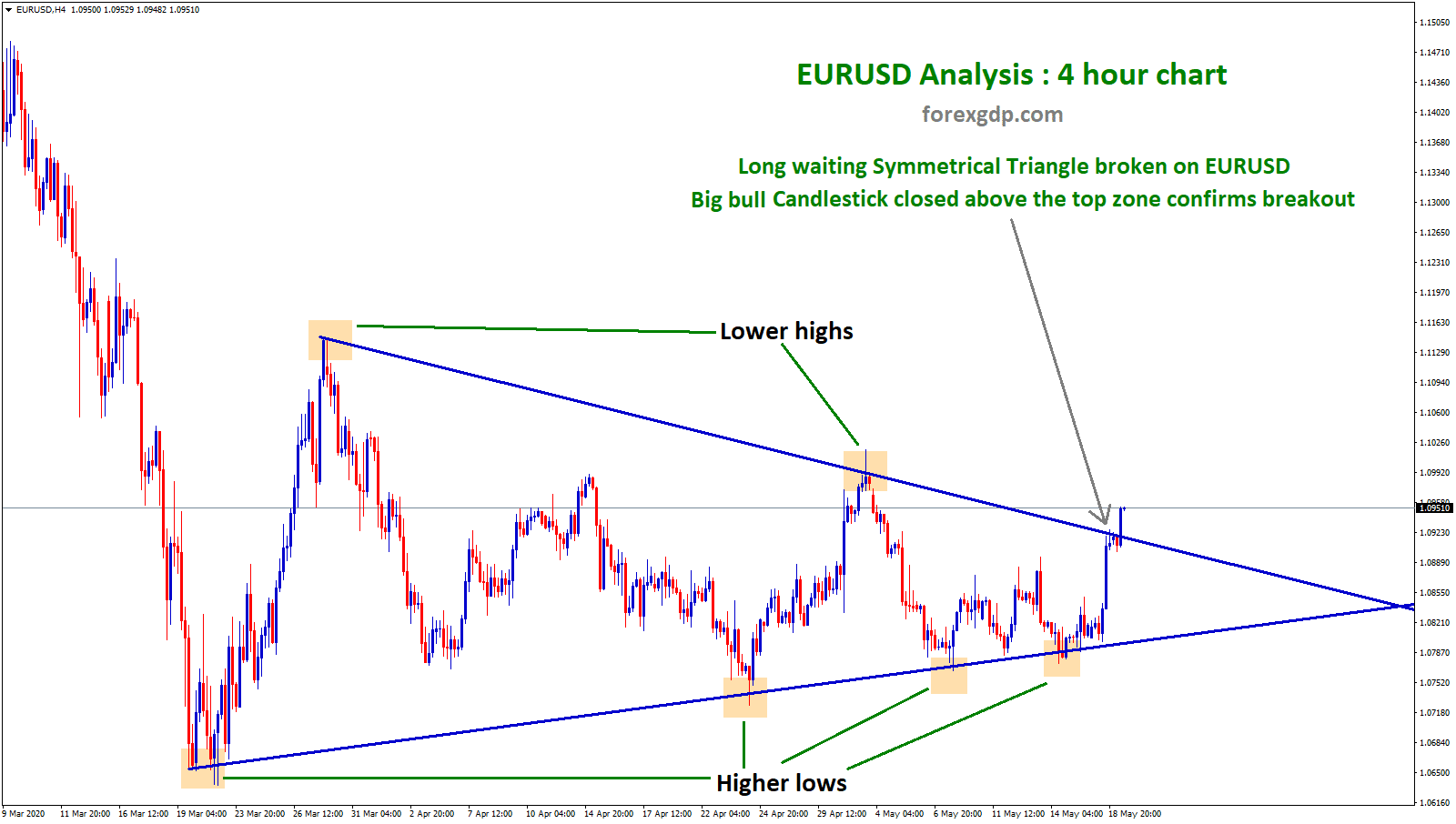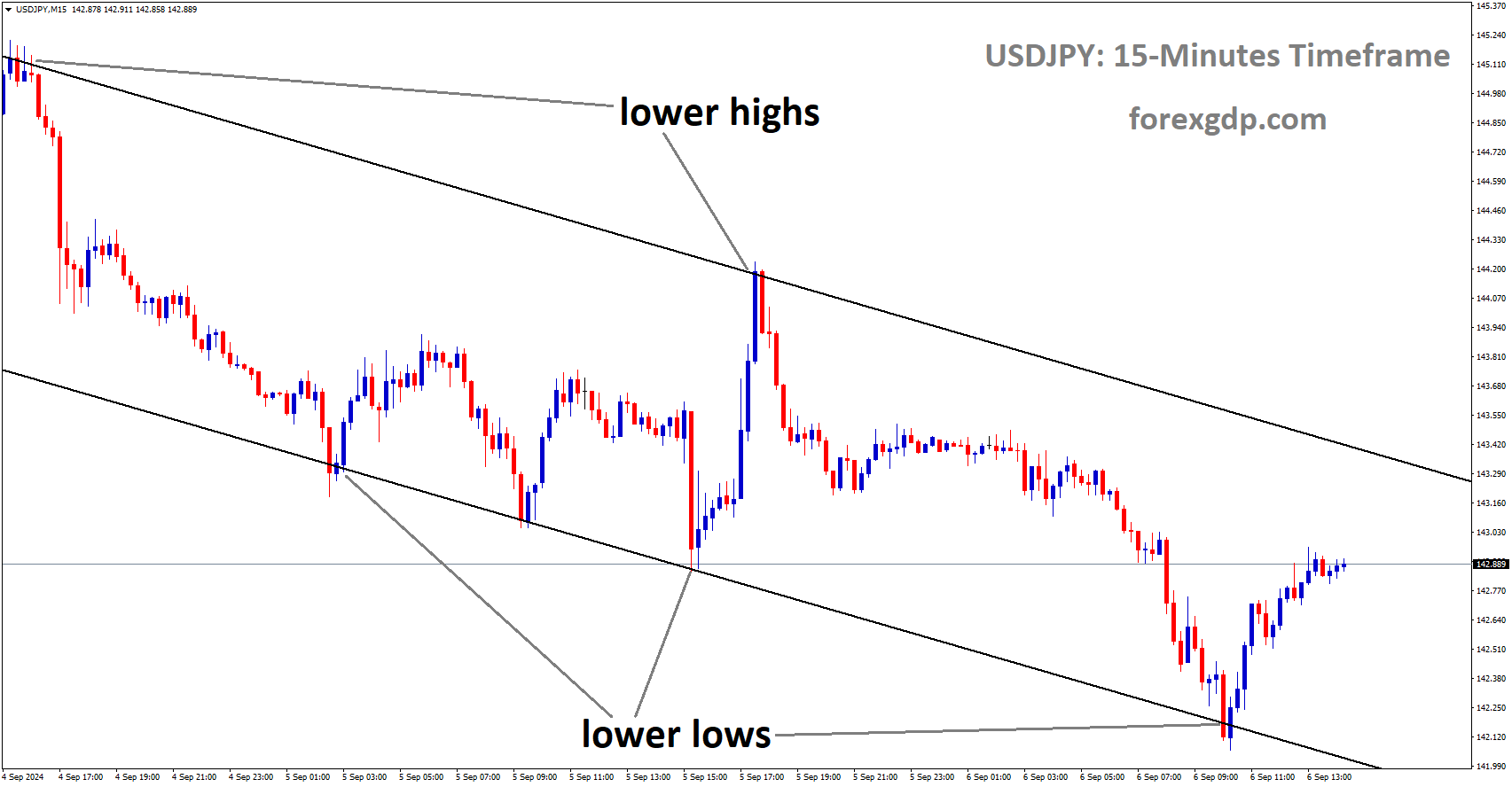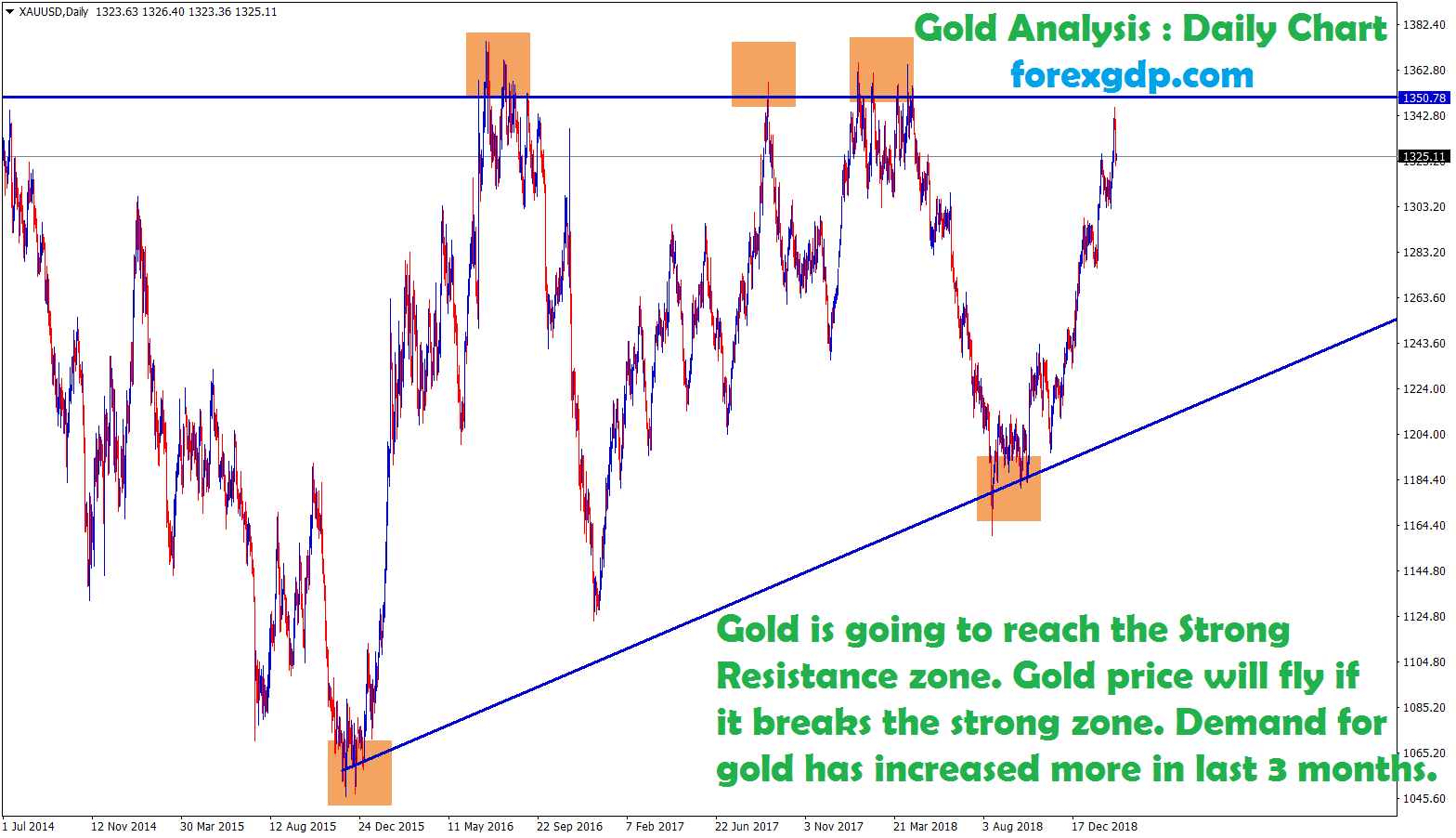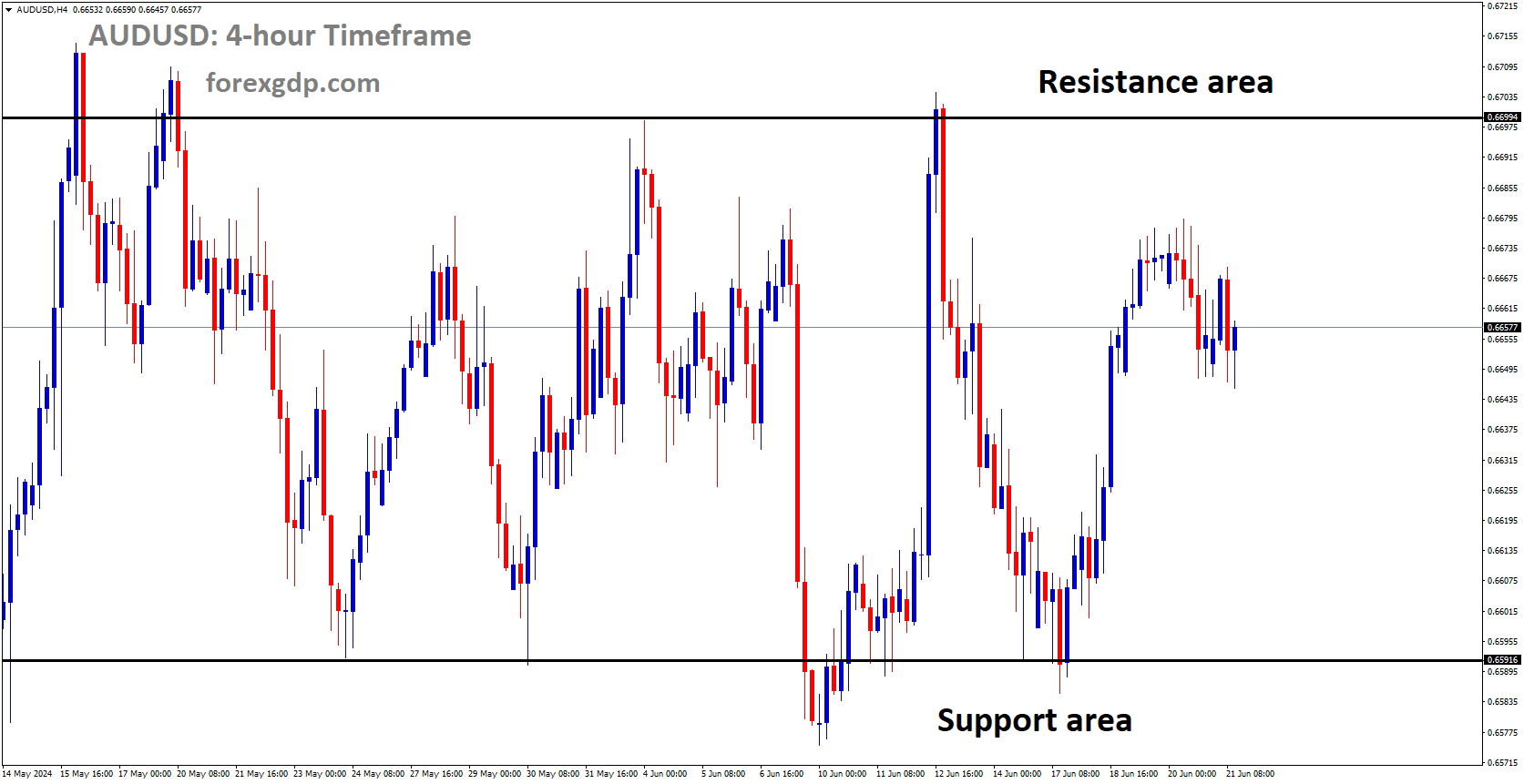USD Index Market price is moving in Ascending channel and market has rebounded from the higher low area of the channel
The US Dollar on the Rise: What’s Driving the Surge?
The US Dollar (USD) has been climbing steadily, catching the attention of traders and investors alike. As we dive into the details, we’ll explore the factors behind this rise, focusing on key economic data and global market influences.
What’s Behind the US Dollar’s Strength?
The Impact of US Economic Data
One of the main drivers of the US Dollar’s recent strength has been economic data, particularly the S&P Global Purchasing Managers Index (PMI). The preliminary report for June is highly anticipated, as it provides insight into the health of the US economy. The services component is especially significant, as it represents two-thirds of the economy. With expectations ranging from 52.00 to 55.00, traders are keen to see how the services sector is performing.

Global Market Movements
Globally, markets have been reacting to a mix of economic reports and geopolitical comments. For instance, Masato Kanda, Japan’s vice-minister for international affairs at the Ministry of Finance, indicated that Japan is prepared to take action on foreign exchange if necessary. This comment gave the US Dollar a boost against the Japanese Yen, pushing it up to 159.
In Europe, the Eurozone PMI data for June revealed disappointing figures. The manufacturing sector continued to contract, with a reading of 45.6, while the services sector index dropped to 52.6 from 53.2 in May. This weak performance of the Eurozone’s economy has also contributed to the US Dollar’s strength, as the Euro fell below 1.07 against the USD.
Daily Market Movers: Key Highlights
Japan’s Potential FX Intervention
Japan’s stance on potential foreign exchange intervention has been a significant factor. Masato Kanda’s comments about being ready to act if necessary have influenced the USD/JPY pair, highlighting the delicate balance of global currency markets.
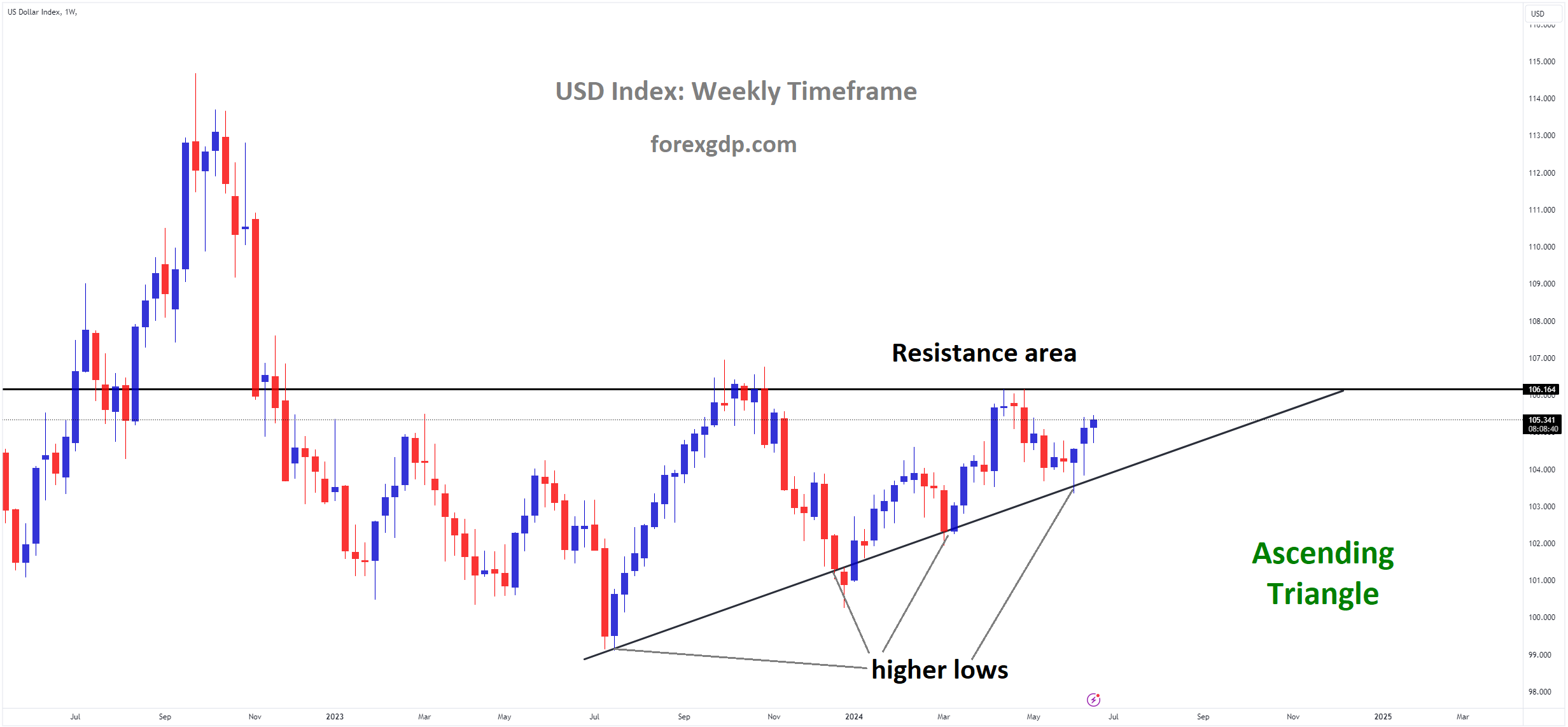
USD Index Market price is moving in Ascending Triangle and market has rebounded from the higher low area of the pattern
European Economic Data
The release of the preliminary S&P Global/HCOB PMI data for France, Germany, and the Eurozone showed worse-than-expected numbers. These disappointing results further weakened the Euro against the US Dollar. Here are some key points:
- Services Sector: Expected to ease to 53.7 from 54.8 in May.
- Manufacturing Sector: Expected to remain stable, around 51.00 in June.
- Composite Index: Was at 54.5 in May, with no consensus view available for June.
These figures reflect the ongoing challenges in the European economy, adding pressure on the Euro.

US Housing Market Data
In the US, the Existing Home Sales data for May was also a focus. The expected number was 4.10 million, slightly down from April’s 4.14 million. This data provides insight into the housing market’s health, which is a crucial component of the overall economy.
Stock Market Reactions
The stock market has been volatile, with significant movements influenced by various factors. One notable example is Nvidia, which saw a substantial drop of over 3%, losing $91 billion in market value. This decline had a ripple effect across major indices, contributing to a broader market pullback.
Fedwatch Futures and Interest Rates
The CME Fedwatch futures for September suggest a potential rate cut, with the odds standing at 57.9% for a 25 basis point cut. A rate pause is seen as a 35.9% possibility, while a more significant 50-basis-point rate cut has a slim 6.2% chance. These expectations influence market sentiment and the US Dollar’s performance.
US 10-Year Benchmark Rate
The US 10-year benchmark rate is another critical factor, currently trading at 4.24%. This rate has fluctuated within a range this week, briefly hitting 4.29% on Thursday. Interest rates and bond yields are closely watched by investors, as they impact borrowing costs and economic activity.
Final Summary
The US Dollar’s recent rise can be attributed to a combination of strong economic data, global market movements, and investor sentiment. Key factors include the anticipated US S&P Global PMI report, weak Eurozone economic data, and comments from Japan’s Ministry of Finance. Additionally, market reactions to major corporate movements and interest rate expectations play a significant role.
As we continue to monitor these developments, it’s clear that the interplay between economic data, geopolitical events, and market sentiment will keep driving the US Dollar’s performance. Stay tuned for more updates as the situation evolves, and keep an eye on those key indicators to understand where the market might be headed next.
Don’t trade all the time, trade forex only at the confirmed trade setups
Get more confirmed trade signals at premium or supreme – Click here to get more signals , 2200%, 800% growth in Real Live USD trading account of our users – click here to see , or If you want to get FREE Trial signals, You can Join FREE Signals Now!


